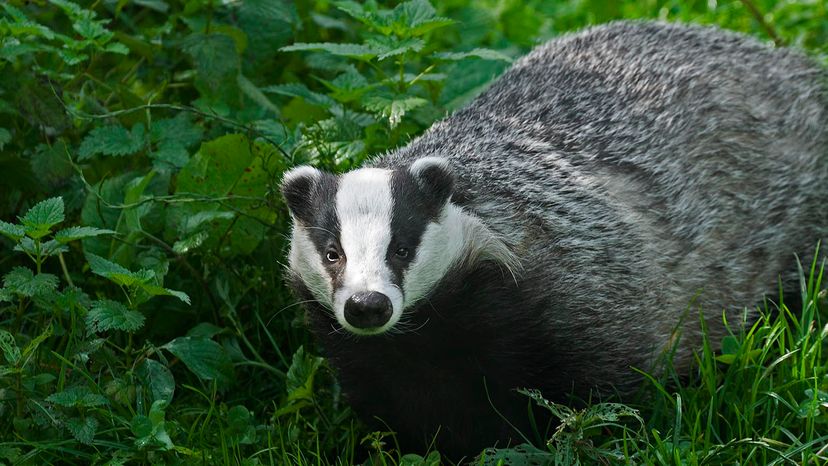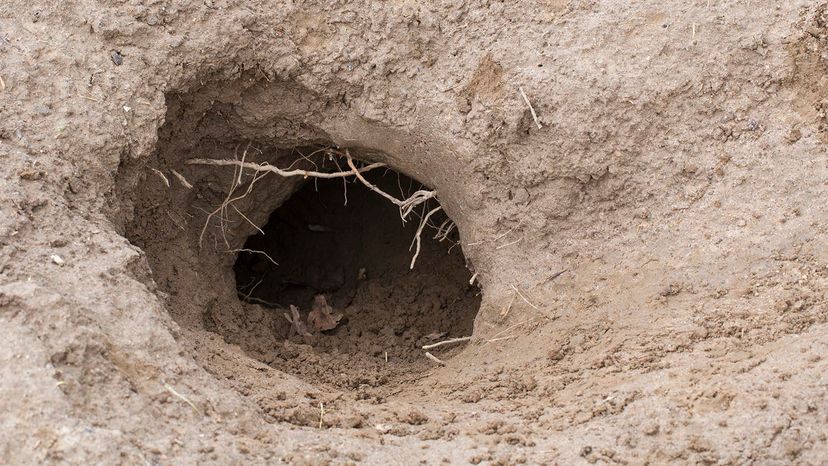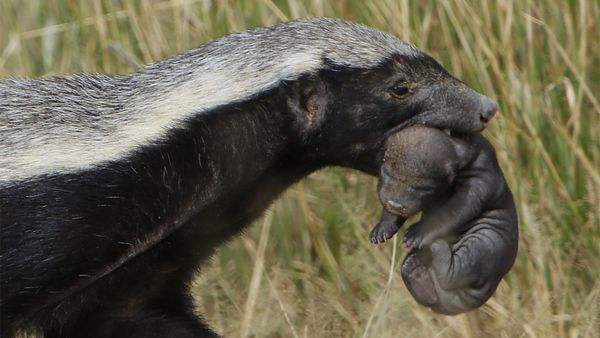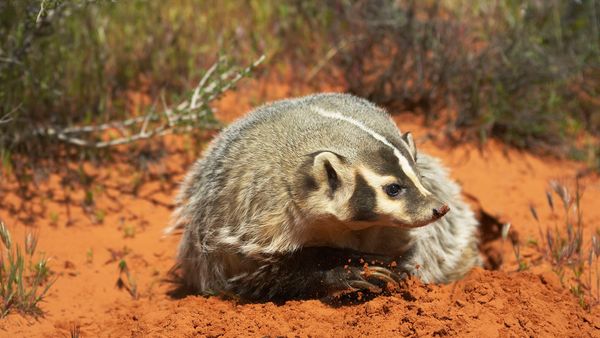
Unlike many animals that have lived around humans for millennia, badgers don't have much of a reputation. Aside from being the mascot of Hufflepuff House in J.K. Rowling's "Harry Potter" series, and with the noted exception of the honey badger, few of the animals bearing the name of "badger" leave us with very much of an idea of what these animals are all about.
This might be because the word "badger" doesn't really mean anything, from an evolutionary standpoint. The badgers of the world represent four separate evolutionary lineages within the weasel family, Mustelidae, which also includes ferrets, otters and wolverines. One lineage of badger — represented by the two species of stink badgers — isn't even a weasel at all, but belongs to the skunk family, Mephitidae.
Advertisement



